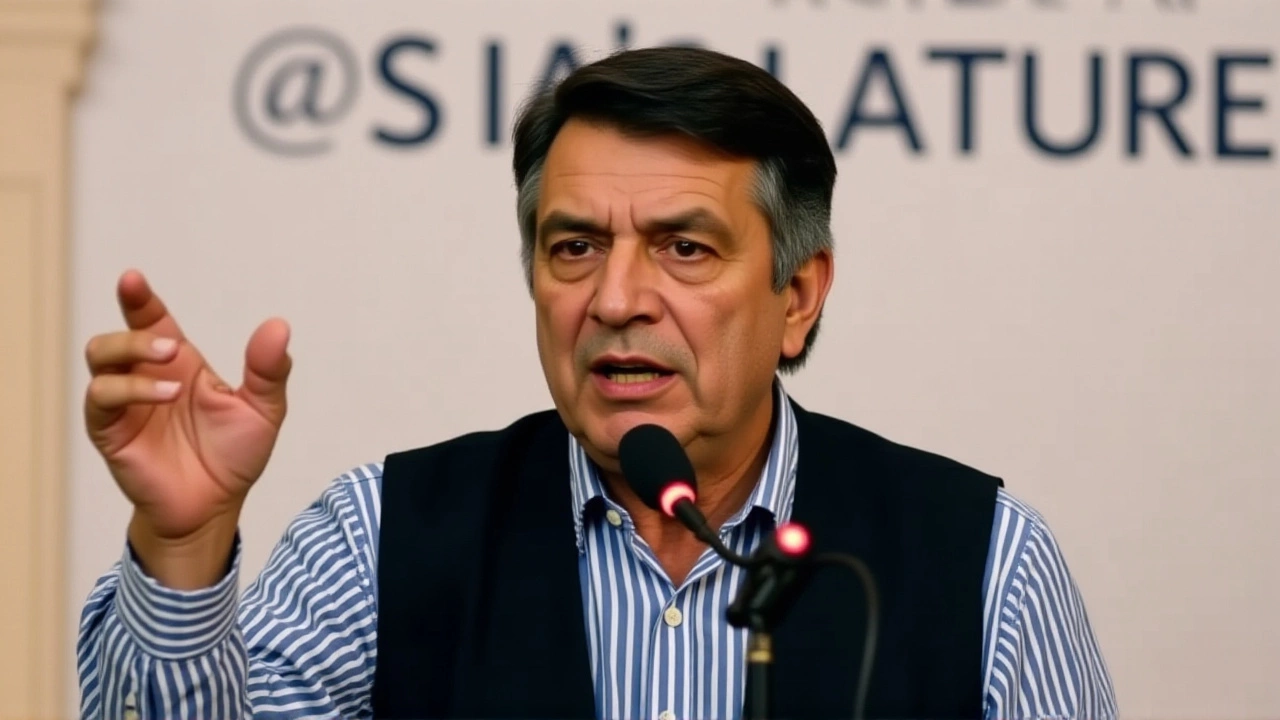Mallikarjun Kharge – Your Guide to the Politician Shaping Indian Politics
When you read about Mallikarjun Kharge, a veteran Indian politician and senior leader of the Indian National Congress. Also known as M. Kharge, he has held key ministries such as Railways and Labour, and now serves as Leader of the Opposition in the Lok Sabha. His experience spans over four decades, giving him a deep grasp of parliamentary procedure and policy making. This opening sets the stage for the stories that follow.
The Indian National Congress, India's oldest political party, currently in opposition, drives much of Kharge's agenda. The party’s focus on social welfare, agrarian reforms, and minority rights directly connects to many of the headlines you’ll see below, from gold price spikes affecting the middle class to debates over labour laws. Congress often frames the narrative around economic equity, which is why Kharge’s statements on gold pricing and rural employment matter.
Operating inside the Lok Sabha, the lower house of India’s Parliament where national legislation is debated, Kharge influences key bills on finance, infrastructure, and education. The Lok Sabha’s recent sessions have tackled the soaring gold market, the pending cricket tour agreements, and even foreign policy shifts like the Ukraine support dynamics. In short, Lok Sabha debates shape national policy, and Kharge’s voice is a constant thread.
Kharge hails from Karnataka, a southern Indian state known for its tech hubs and diverse electorate. His roots there keep him attuned to regional issues like water scarcity, urban traffic, and the state's growing appetite for clean energy. The Karnataka connection also explains why articles about road safety, hit‑and‑run incidents, and infrastructure projects often reference his viewpoints.
One semantic link you’ll notice is: Mallikarjun Kharge influences Indian parliamentary debates. Another is: Indian National Congress shapes policy direction. A third: Karnataka politics impacts regional development plans. These triples weave together the political, economic, and social strands that appear across the collection.
Beyond pure politics, Kharge’s portfolio touches on economic indicators like gold prices. The recent Dhanteras surge to ₹1.33 lakh per 10 g sparked discussions in Parliament about inflation, consumer spending, and the need for fiscal relief. Kharge’s comments often bring a labour‑friendly angle, urging the government to protect low‑income families from volatile markets.
Sports policy is another arena where Kharge’s role surfaces. The postponed India‑Bangladesh cricket tour and the scheduling of the Club World Cup have raised questions about funding, venue allocation, and youth development. While not a sports minister, Kharge’s parliamentary questions push for better infrastructure, which benefits both cricket and football events like Chelsea’s lightning‑delayed comeback.
Social issues such as the celebration of Maa Kushmanda during Chaitra Navratri or the debate on oral intimacy among married couples often make it to the parliamentary floor via motions on cultural preservation and public health. Kharge has championed free‑speech and media freedom, echoing the Supreme Court’s recent decision on news‑portal source protection, an issue that directly touches freedom of expression.
Internationally, Kharge monitors India’s stance on Ukraine, weighing the European push for a ceasefire against India’s diplomatic neutrality. His statements reflect a desire for India to play a balancing act—supporting democratic values while safeguarding national interests.
In the coming list, you’ll find articles that mirror Kharge’s broad influence: from economic trends and sports updates to social debates and legal milestones. Each piece offers a snapshot of how his political footprint intersects with everyday news, giving you a richer understanding of the current Indian landscape.
